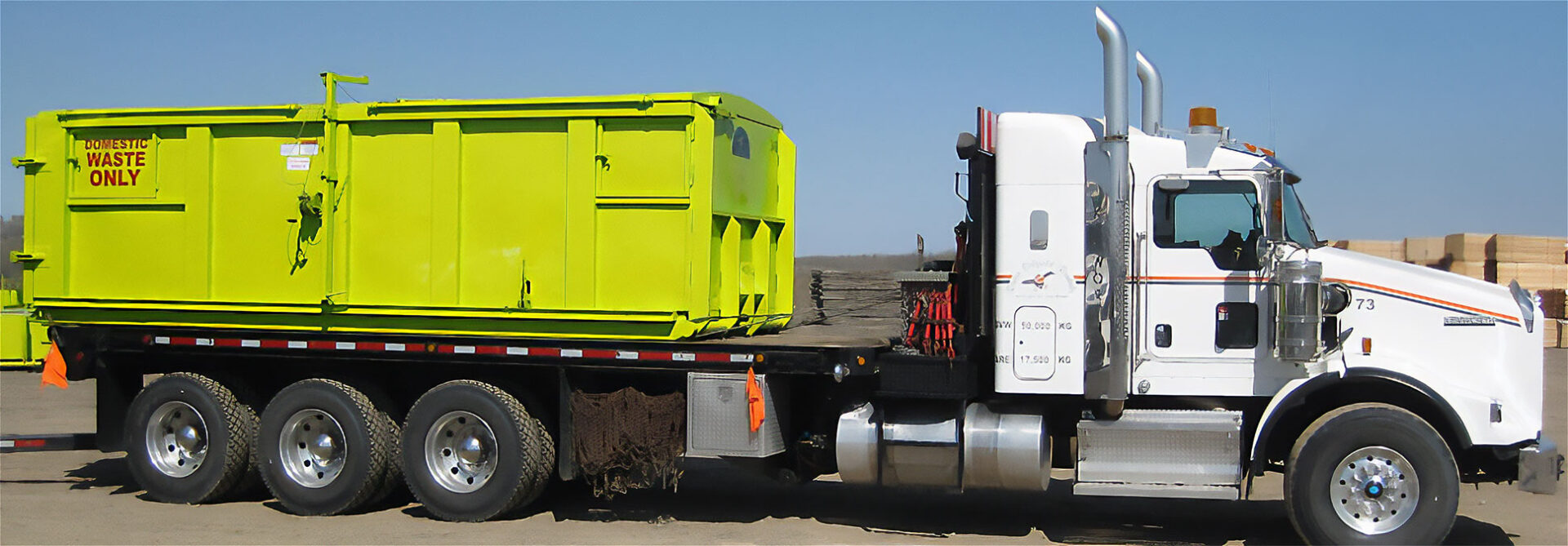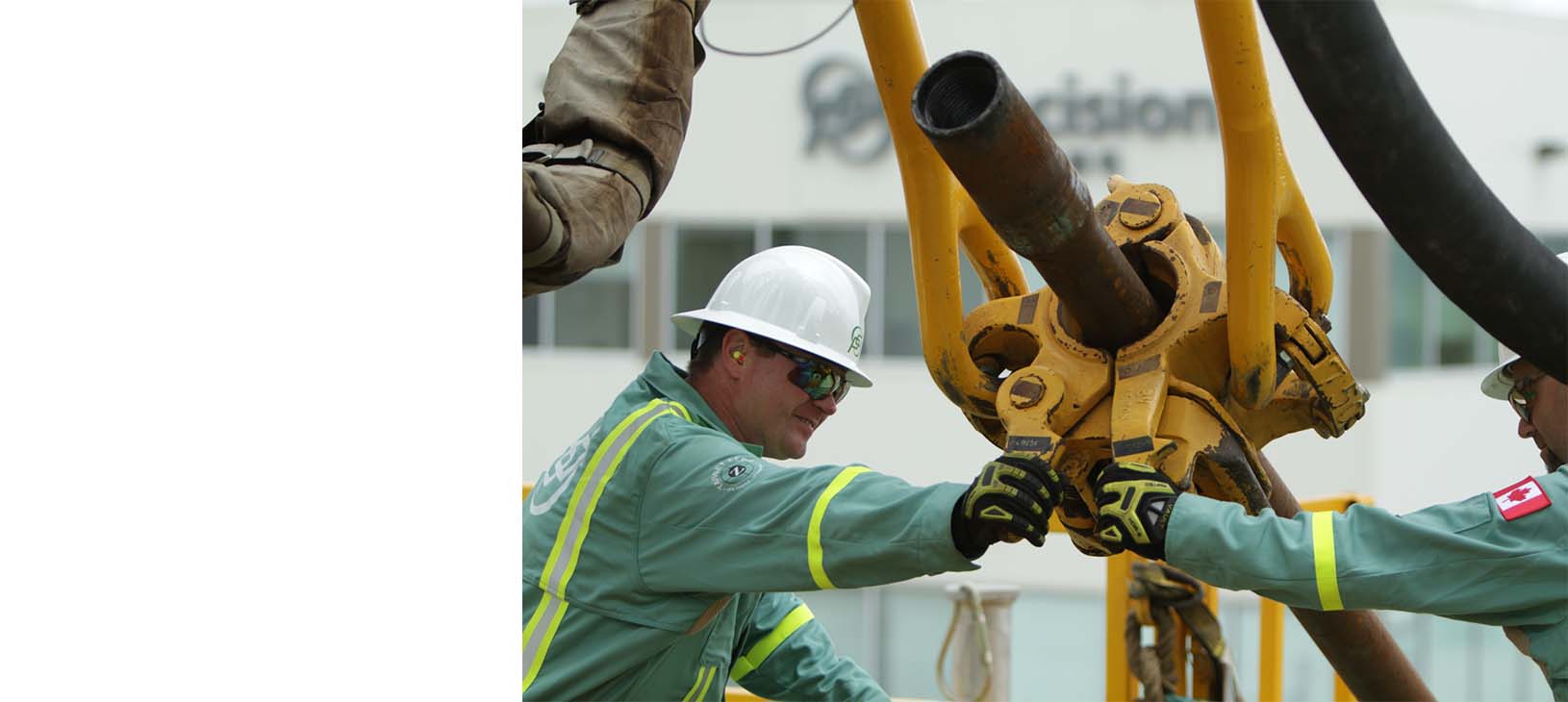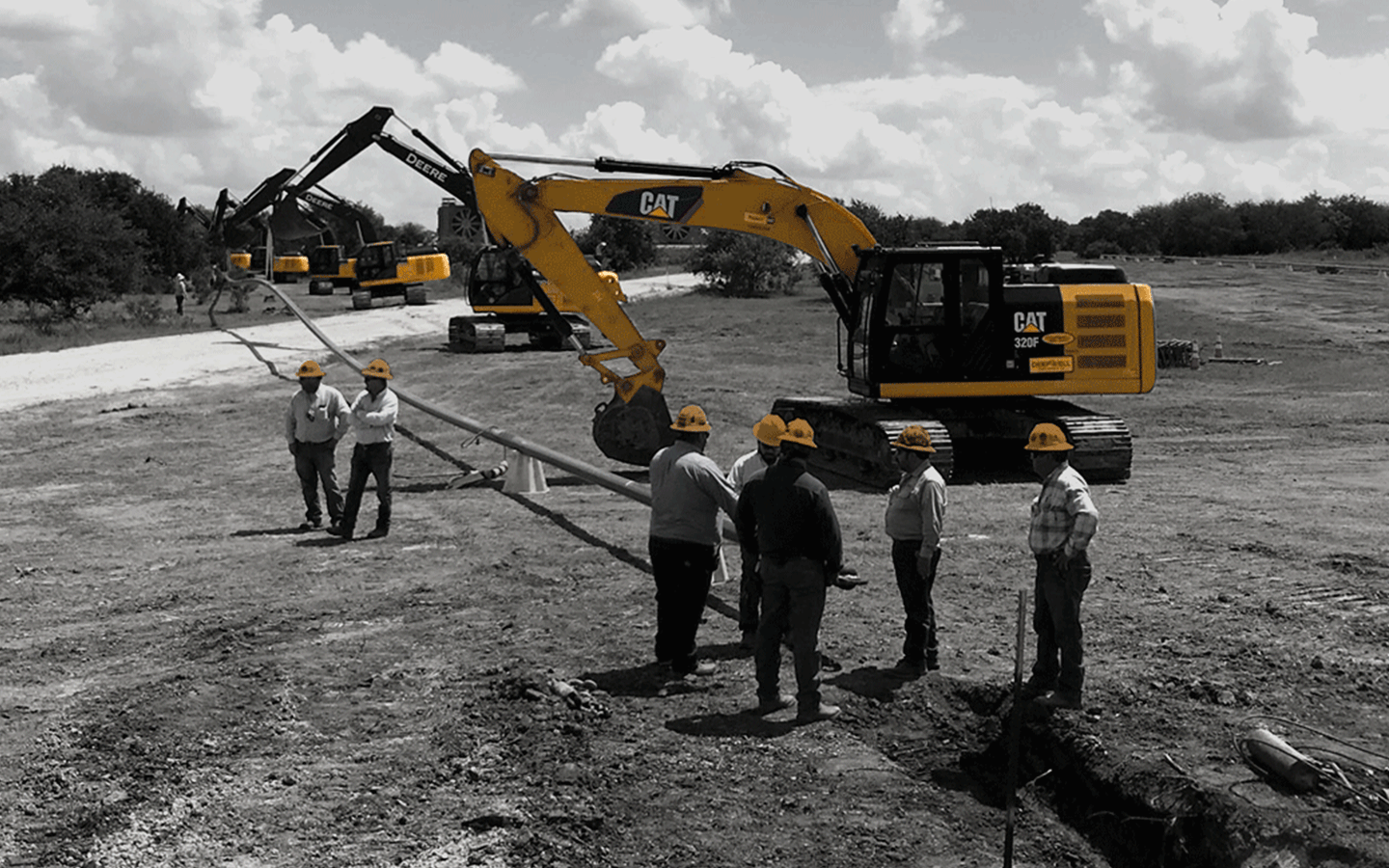Superior rentals squeeze tools: operator’s checklist
Everything About Oil Field Equipment and Pipeline Equipment: Key Insights and Vital Information
Oil field equipment and pipeline systems play an essential function in the oil and gas industry. They are important for the effective removal and transportation of hydrocarbons. Secret components, such as drilling rigs and storage space tanks, straight impact operational success. On the other hand, innovations in modern technology promise to enhance safety and security and performance. Understanding these aspects is crucial for any person included in or curious about this intricate sector, as it sets the phase for much deeper exploration of industry methods.

Introduction of Oil Field Equipment
As the need for oil remains to expand, comprehending the tools used in oil areas ends up being significantly important. Oil field equipment incorporates a large range of equipment and devices vital for exploration, removal, and processing. Secret components consist of drilling rigs, which are important for reaching oil tanks, and manufacturing equipment, such as separators and pumps, that promote the extraction procedure. Superior Oilfield Rentals. In addition, tank play a significant duty in holding unrefined oil prior to transportation. Safety tools, including blowout preventers and pressure assesses, ensures operational safety and efficiency. Each tool functions cohesively to maximize production and keep effective operations. Familiarity with this equipment is essential for specialists in the sector to assure effective procedures and adherence to safety criteria
Types of Drilling Rigs and Their Applications
Drilling rigs work as the backbone of oil extraction procedures, with various kinds made for specific geological conditions and operational requirements. One of the most typical types consist of rotating exploration rigs, which use a revolving drill little bit to pass through the planet, and cord tool rigs, understood for their percussion boring technique. For overseas procedures, jack-up rigs and semi-submersible rigs offer security and support in aquatic environments. Additionally, directional boring rigs allow operators to drill at angles, getting to deposits that are not vertically easily accessible. Each gear type has distinct benefits, maximizing performance and security based on the exploration atmosphere. Selecting the suitable gear is vital for taking full advantage of resource removal while decreasing ecological effect and operational expenses.

Essential Pipeline Equipment and Their Features
Pipeline framework is necessary for the transport of oil and gas from extraction sites to processing facilities and end-users. Various crucial tools components promote this process. Pipes themselves work as the primary conduits, designed to hold up against high stress and harsh compounds. Pump stations are important for preserving flow by boosting pressure along the pipeline. Shutoffs play a vital role in managing circulation and isolating areas for upkeep. Additionally, fittings and connectors assure safe and secure joints between pipeline sections. Keeping an eye on systems, consisting of circulation meters and stress sensing units, are crucial for detecting leaks and maximizing flow rates. Lastly, pigging equipment is used for maintenance and cleaning, protecting pipeline stability and efficiency. With each other, these parts develop the backbone of a trustworthy pipeline system.
Innovations and Technologies in Oil and Gas Equipment

Security and Upkeep Practices in the Oil Market
While the oil industry has made considerable strides in technology and efficiency, the relevance of robust safety and security and upkeep methods can not be overemphasized. Reliable security protocols are vital to protect workers and the environment, lessening the threat of accidents and spills. Routine assessments and upkeep of devices aid identify prospective issues before they escalate, making certain functional stability. Training programs for employees are essential, stressing the importance of safety and security awareness and emergency situation reaction treatments. Additionally, adherence to market guidelines and requirements fosters a society of security. Applying sophisticated surveillance modern technologies can better boost upkeep practices, permitting for real-time analyses of tools problems. Inevitably, prioritizing safety and maintenance is indispensable to the sustainability and success of the oil market.
Often Asked Inquiries
What Are the Environmental Effects of Oil Field Equipment?
The environmental influences of oil field equipment include environment devastation, water contamination, and air contamination (Superior Rentals fusion machines). Additionally, equipment malfunction can lead to spills, detrimentally influencing wild animals and environments, highlighting the demand for stringent regulations and monitoring
Just How Is Oil Field Equipment Transported to Remote Locations?
Moving oil field equipment to remote locations commonly involves specific vehicles, helicopters, or here barges. Logistics business coordinate courses, making sure devices shows up safely and successfully, considering terrain and accessibility to decrease hold-ups and maximize efficiency.
What Regulative Standards Govern Oil Field Equipment?
Regulative criteria regulating oil field equipment mostly include security, environmental management, and functional efficiency standards. Agencies such as OSHA and EPA enforce these policies to guarantee risk-free techniques and lessen environmental effect in oil extraction procedures.
What Skills Are Needed to Operate Oil Area Equipment?

How Do Oil Rates Impact Equipment Demand and Usage?
Oil prices greatly affect equipment demand and usage. Higher prices usually lead to raised exploration and manufacturing tasks, driving need for machinery. Conversely, lower prices may result in lowered operations and lowered demand for devices.